20 Must-Watch ‘Twilight Zone’ Episodes From Across the Decades

The Twilight Zone is a classic television series that explores the horror genre. The show does not emphasize jump scares and gore but instead dives into existential horrors and fear of the unknown.
The original run of the series that debuted in 1959 and featured creator Rod Serling as the host of sorts remains the most iconic (and for good reason), but several other iterations of the show have been made since, and the 1985 run in particular also has a lot of well-crafted episodes featuring future mega-stars both in front of and behind the camera.
This list features (in no particular order, just to keep things interesting) 20 of the best episodes of The Twilight Zone: 10 from the 1959-1964 run and 10 from the 1985-1989 run.
The After Hours (1960)

This episode from the first season of the original Twilight Zone tells the story of a woman locked in a department store after it has closed for the evening. To make matters worse, the store keeps changing, and things that appear to be one thing one minute are something else entirely – or even nonexistent – when she later returns to them.
“The After Hours” has one of the most memorable and bittersweet twists of the entire series, and was even remade for the 1980s Twilight Zone revival.
To See The Invisible Man (1985)
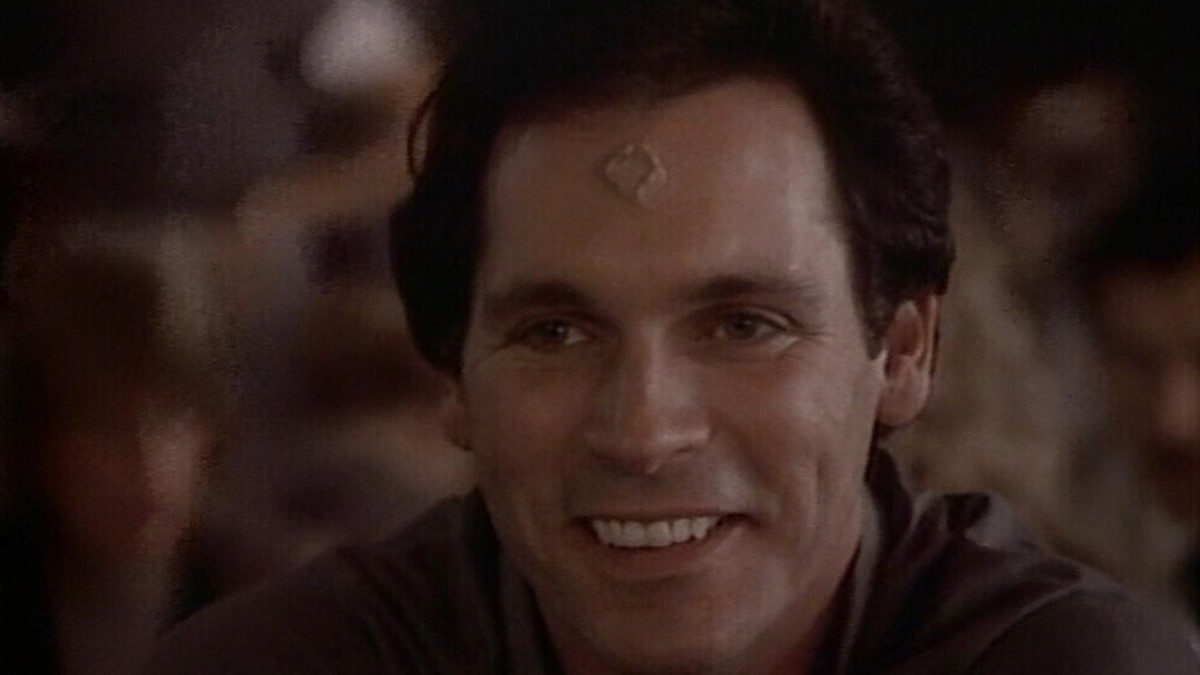
One of the numerous Twilight Zone episodes that explores a harsher, arguably dystopian version of society, this story depicts a world in which people are punished for various crimes by being rendered “invisible.” While other people can technically still see them, they are forcibly shunned by everyone else for a set period of time by the government. Naturally, the punishment for someone refusing to abide by this law is for them to also be deemed invisible.
“To See the Invisible Man” examines the effects of social isolation on a person, and how it just might be too cruel of a punishment for any crime.
Number 12 Looks Just Like You (1964)
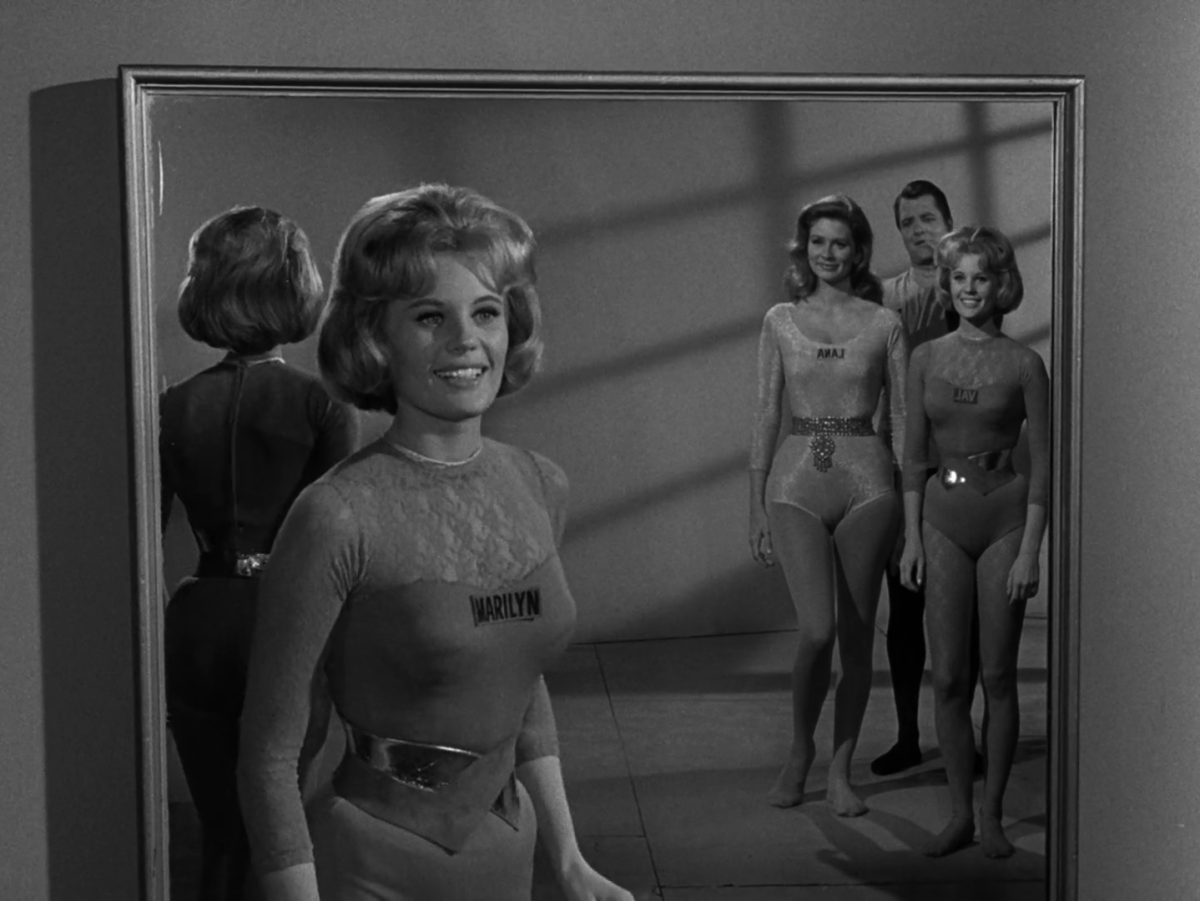
The Twilight Zone has a few episodes that dive into the implications of cosmetic surgery on society, with this one being set in a society that requires people to undergo it when they reach a certain age in order to look like one of several “acceptable” models of appearance. Most people are eager and happy to do this, but a girl about to reach said age doesn’t want to go through with it and everyone is baffled and concerned as to why.
A Little Peace and Quiet (1985)
The Twilight Zone can be both humorous and terrifying, and this episode highlights both sides of the spectrum. A stressed-out woman finds a pendant that provides her a reprieve from the frustrations of her husband, children, and the world around her, which is funny at first but ultimately leaves her with an impossible choice to make.
This episode was one of several from the 1980s run directed by Wes Craven, who went on to become a horror icon best known for the Nightmare on Elm Street and Scream franchises.
Walking Distance (1959)
Time travel is a hallmark of The Twilight Zone, and this is one of the most famous episodes to feature it. A middle-aged man ends up going back in time to his childhood hometown and running into his younger self while there.
This episode is about the joys and dangers of nostalgia, though there is some irony in this message watching this story whose “present” segments are set in 1959 so many years later. Whether that meta context is a feature or a bug is up to the viewer.
Grace Note (1986)
Another time travel episode, this one sees a young woman get a glimpse of her future. The eldest daughter of a family with several children dreams of being a singer, but with so many responsibilities and a sister with cancer she fears she’ll never reach that goal. However, said sick sister is determined to make it so.
For those not as into the horror elements of The Twilight Zone, this episode may be a good one to check out as it’s more focused on the more sentimental emotions that supernatural occurrences can bring.
Five Characters in Search of an Exit (1961)
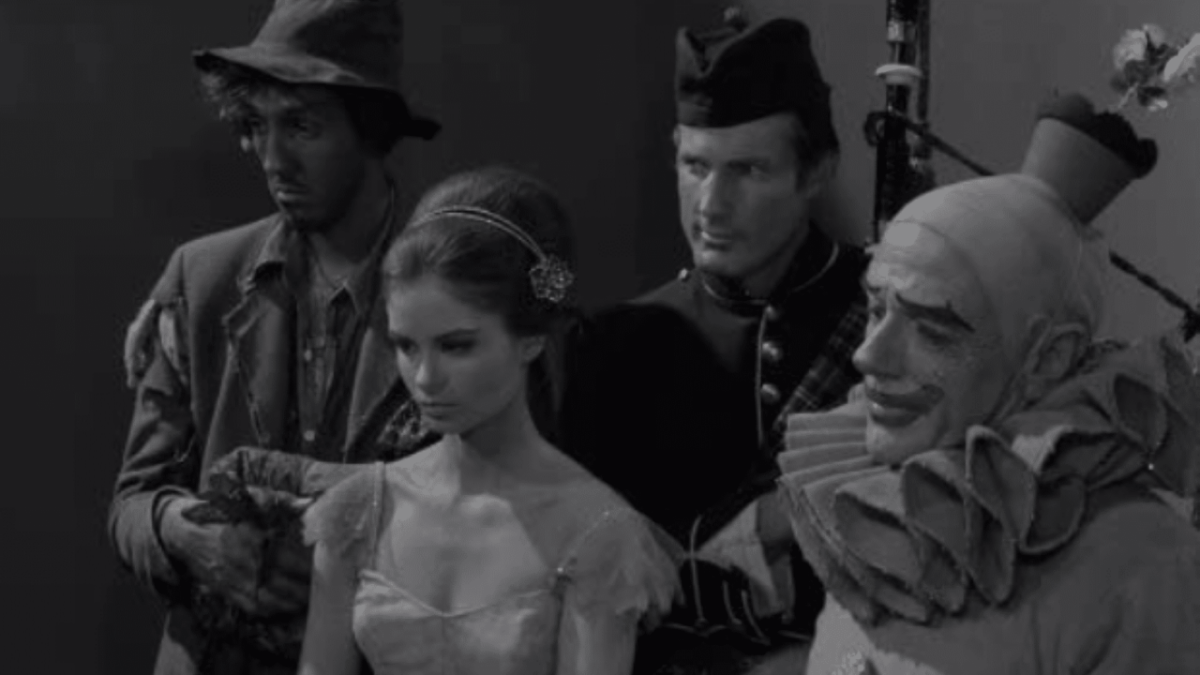
A clown, a ballerina, a major, an unhoused man, and a bagpipe player are all stuck in a circular room with no doors and no windows. How did they get there, and why? The episode consists entirely of the characters asking themselves just that, while trying to find a way out.
This is one of quite a few Twilight Zone episodes with a mystery at the center and a reveal at the end, a format the series is known for and is quite effective here.
Dealer’s Choice (1985)
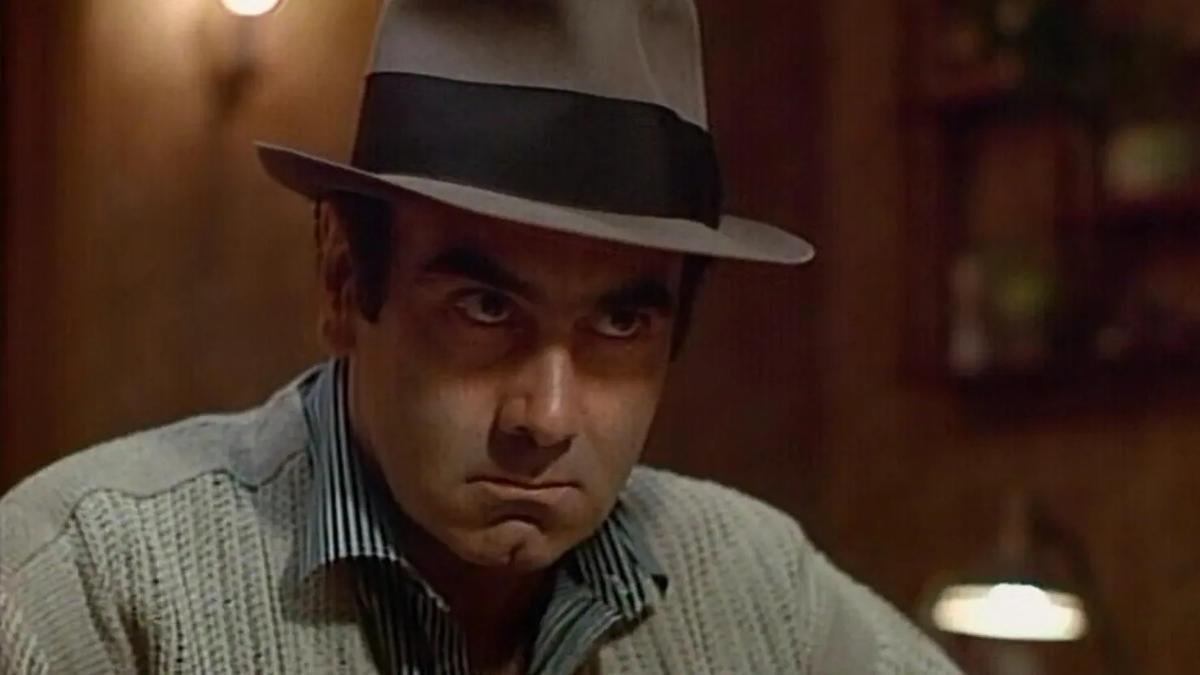
One of several Twilight Zone installments that feature characters making deals with the Devil himself, this one features several friends having a poker night and the Devil showing up, forcing them to choose one of them to die and be sent to Hell.
Fun fact: Morgan Freeman plays one of the friends in this episode, which aired shortly before his film career really kicked into high gear.
A Game of Pool (1961)
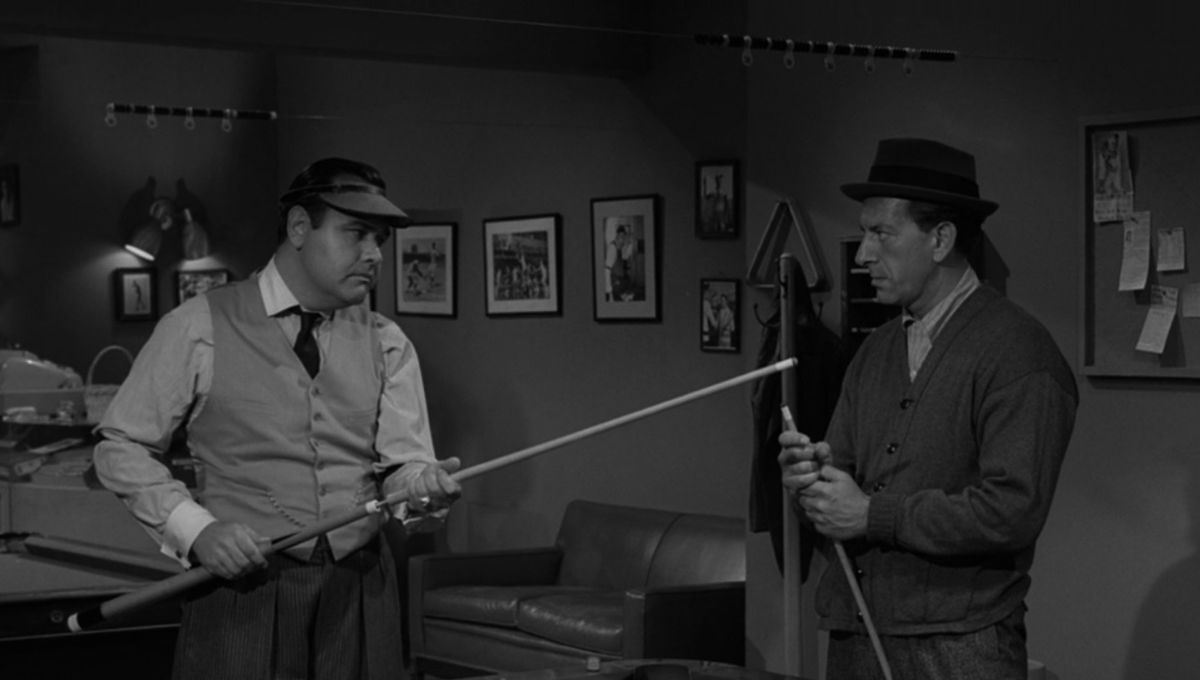
A man spends way too much time practicing pool and is convinced he would be considered the greatest player ever if not for another man who holds the title but has since passed away. Said man appears from the afterlife to play him, and the stakes are high: the first man will either win the game and take the title, or lose and die.
Interestingly, there are two different endings to this episode. The script’s initial conclusion was rejected in favor of the one seen in the original 1961 episode, but the alternate ending was used for the 1989 episode from the show’s first revival series.
I of Newton (1985)
A professor attempting to figure out a complicated mathematical equation says he’d sell his soul in order to crack it … and then a demon promptly appears to collect. Now the professor faces another conundrum: how to outsmart the demon.
This is a shorter Twilight Zone story, but a fun one, especially for those who love brain teasers.
Kick The Can (1962)
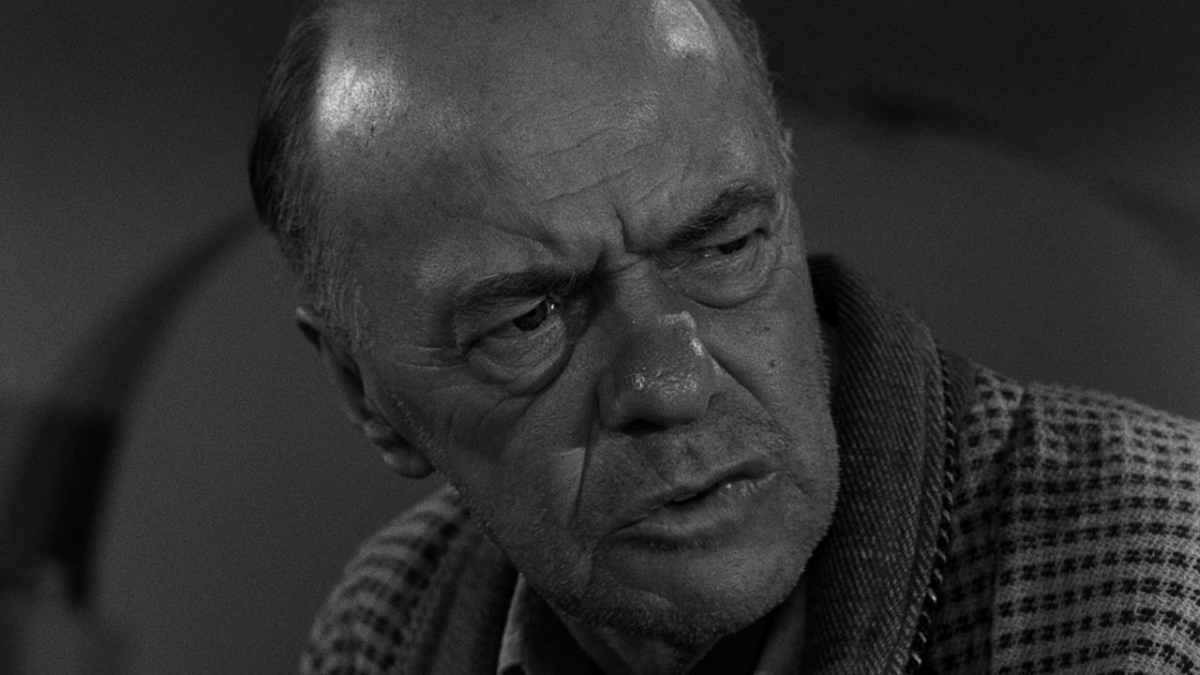
The notion presented by the idiom “you’re as only as old as you feel” is tested in this Season 3 episode set at a retirement home. One of the residents believes if he acts young, he will become young, but his best friend believes this idea is just silliness. Regardless, the first man decides to test out his theory by playing a classic game of kick the can with other residents.
This is another episode that ended up being remade, this time as a segment in 1983’s Twilight Zone: The Movie. Like some of the other classic episodes that had remakes, there are some differences to the story and the ending diverges from that of the original episode.
A Matter of Minutes (1986)
The Twilight Zone can be a lot of fun when it has episodes that “reveal” how the world works. This one is about a couple who wakes up at the wrong time, which brings up a lot more complications than simply being late for work.
“A Matter of Minutes” imagines the concepts of “time” and “place” as working in tandem, with each minute as a separate world. It’s an example of how the 1980s Twilight Zone had quite a bit of freedom to play around with tone and style, giving it its own vibe distinct from the original series but still fitting as a piece of the franchise as a whole.
One For the Angels (1959)
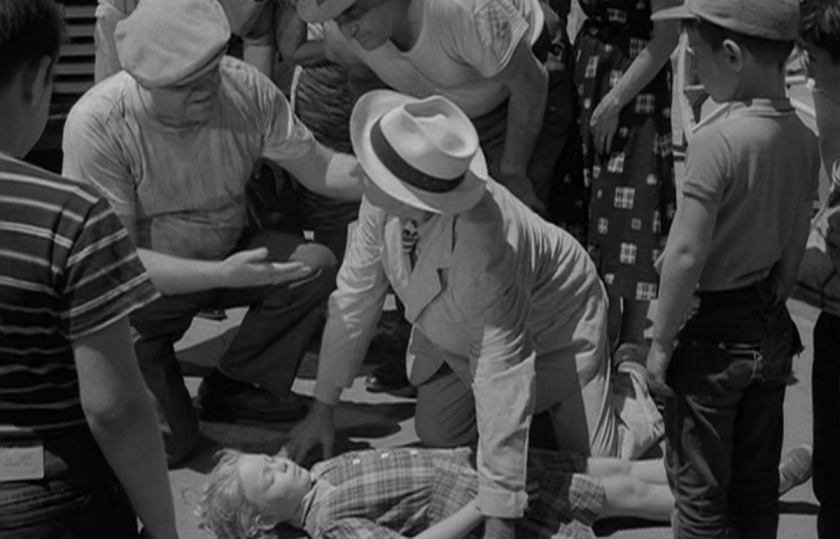
The personification of Death shows up fairly often throughout The Twilight Zone, each time having a different look and demeanor. Here, he’s a pragmatic businessman who comes to inform a toymaker that his time is coming that night. The toymaker is desperate to find a way out of this, but his methods may spell consequences worse than the fate he was trying to get out of.
This is one of the less scary episodes of The Twilight Zone, and also one of the first to air, showing early on that the series was about more than pure horror, but also the various workings of life and the supernatural.
A Message From Charity (1985)
A telepathic connection develops between two teenagers when they have the same fever. The complication is that one of the teens is from 1985 and the other is from 1700. Once they have both recovered, they continue to communicate with each other and even develop a romance, but trouble arises when Charity, the girl from 1700, tells others in her time about future events she has been told about and they begin to believe she is a witch.
The Midnight Sun (1961)
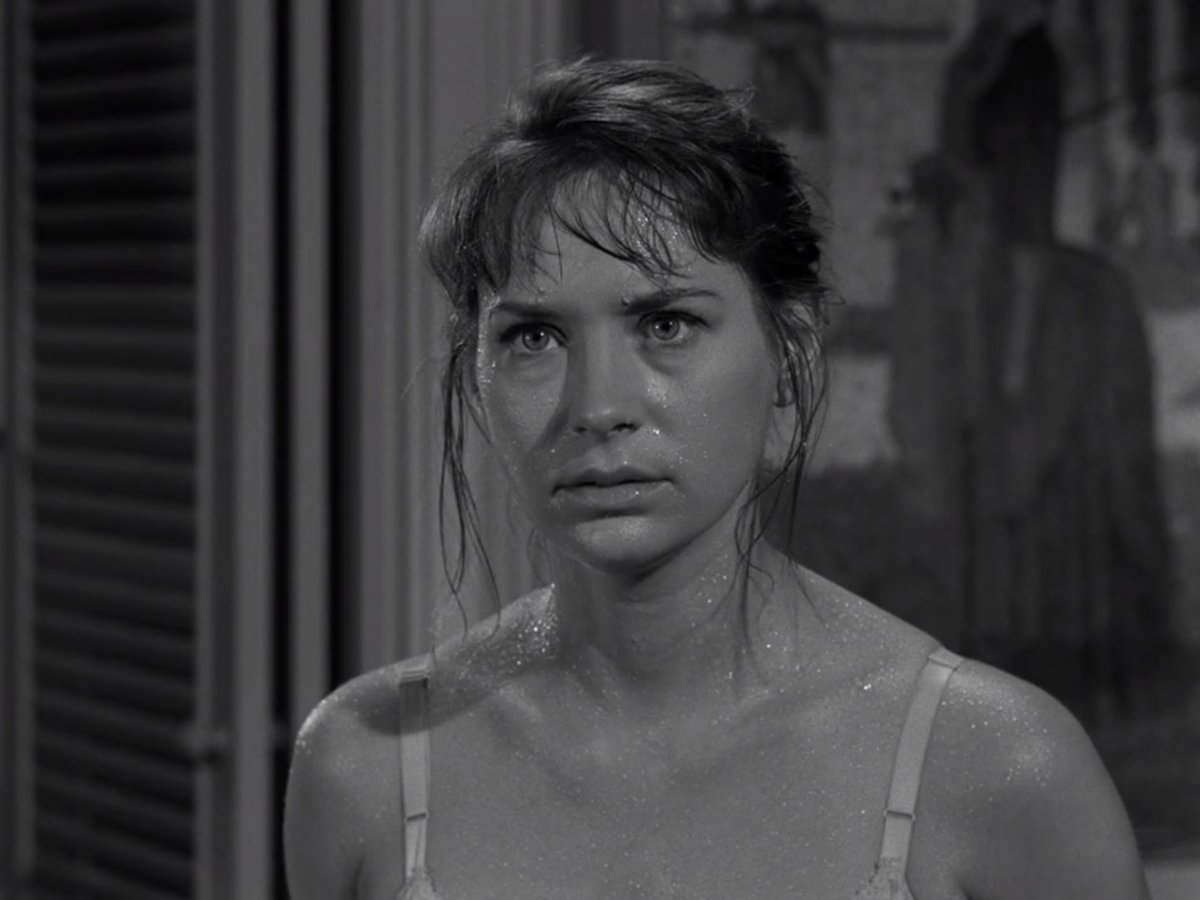
The Earth is slowly falling into the sun, causing the world to become increasingly hot and uninhabitable and the weather to be sunny 24/7. The episode focuses on two women living in a New York City apartment together and trying to live the best lives they can while society erodes around them.
This is one of the Twilight Zone episodes that has become even more relevant since it initially aired, due to growing concerns of global warming, and even the twist hits home considering the science of this situation.
Time and Teresa Golowitz (1987)
After dying of a heart attack, a middle-aged man is offered a wish by the Devil before being sent to Hell. He wants to hook up with his high school sweetheart, but his priorities change once he actually sets foot in his past.
This is one of the more sentimental episodes of The Twilight Zone and serves as a reminder that the kindness of one person can change the trajectory of someone’s life, possibly even saving it.
Twenty Two (1961)
A woman in the hospital due to nervous fatigue has a recurring nightmare in which she is invited to enter its morgue, as there is always “room for one more, honey.” No one takes her seriously when she insists on how real it always seems, but there may be a good reason for her fear.
The Twilight Zone loves to mess with both its characters and its audience in terms of what is “real” and not real regarding the events of its stories, and this episode is a prime example of that.
Her Pilgrim Soul (1985)
Another 1980s episode directed by Wes Craven, this episode is about a scientist who finds a human being growing in a holographic projector he has developed. He soon falls in love with her, which is a problem seeing as he has a wife at home with whom he is already having marital problems.
The idea of past lives and reincarnation is explored in this episode, something that is dealt with surprisingly little over the various iterations of The Twilight Zone but is a welcome inclusion here.
Nothing in the Dark (1962)
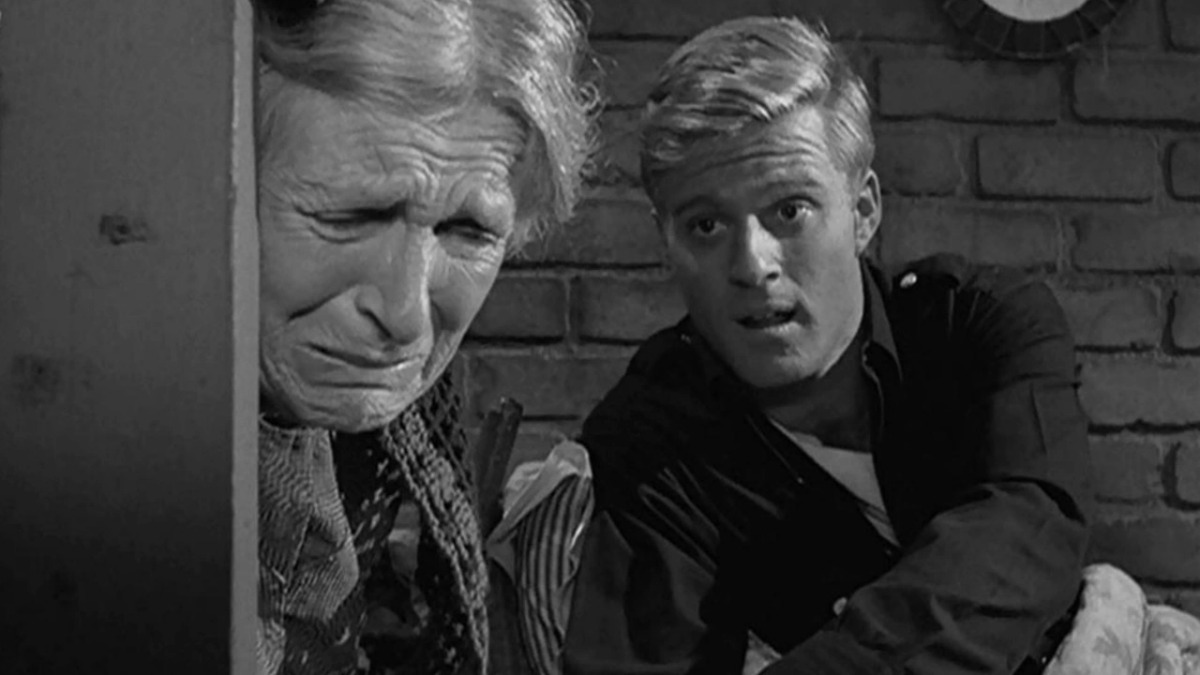
A young Robert Redford stars as a police officer who is shot outside the door of an old woman who is a shut-in due to her fear of death. She is hesitant to help him, however, claiming to have seen Death personified out and about and convinced this man is him, having come to finally claim her.
This has one of the simplest set-ups of any Twilight Zone episode (the entire thing takes place in and around the house and is very dialogue-based) but also one of the most emotional stories.
Profile in Silver (1986)
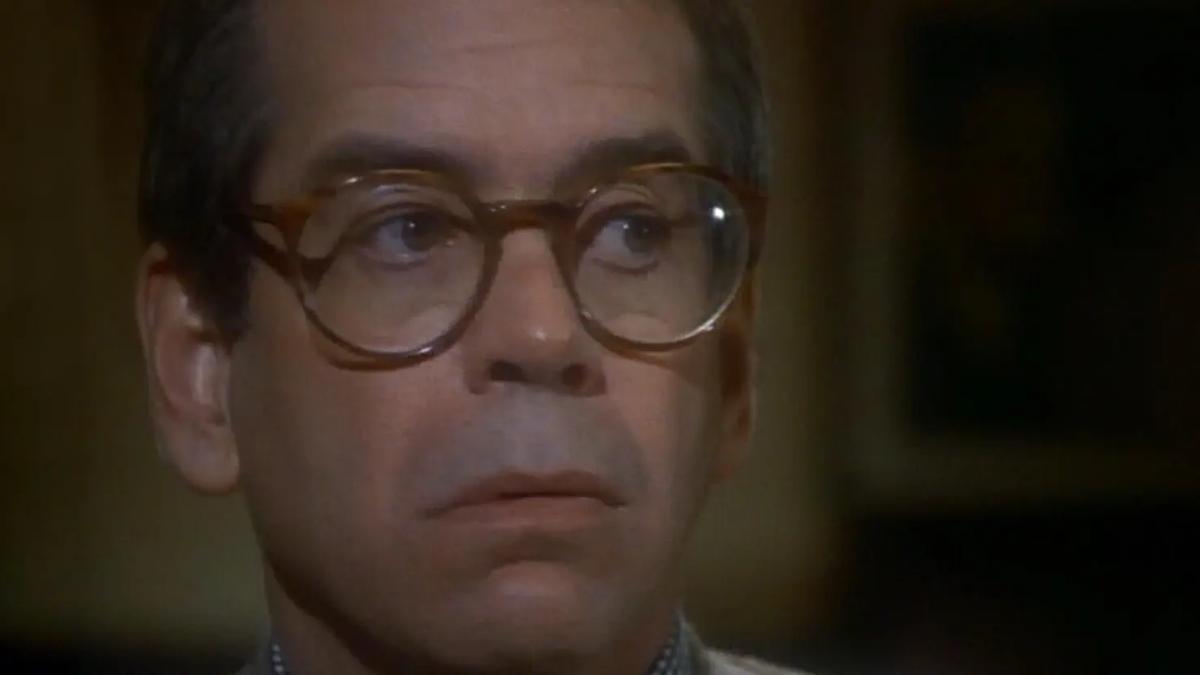
A descendant of John F. Kennedy travels back through time in hopes of catching his assassination on video. However, he ends up preventing it from happening in the first place, which has dire consequences for all of history.
The dilemmas the protagonist of this episode faces are some of the most compelling in the entire Twilight Zone pantheon and raise the question of the morality of time travel in the first place.
(featured image: Wikimedia Commons)
Have a tip we should know? [email protected]
